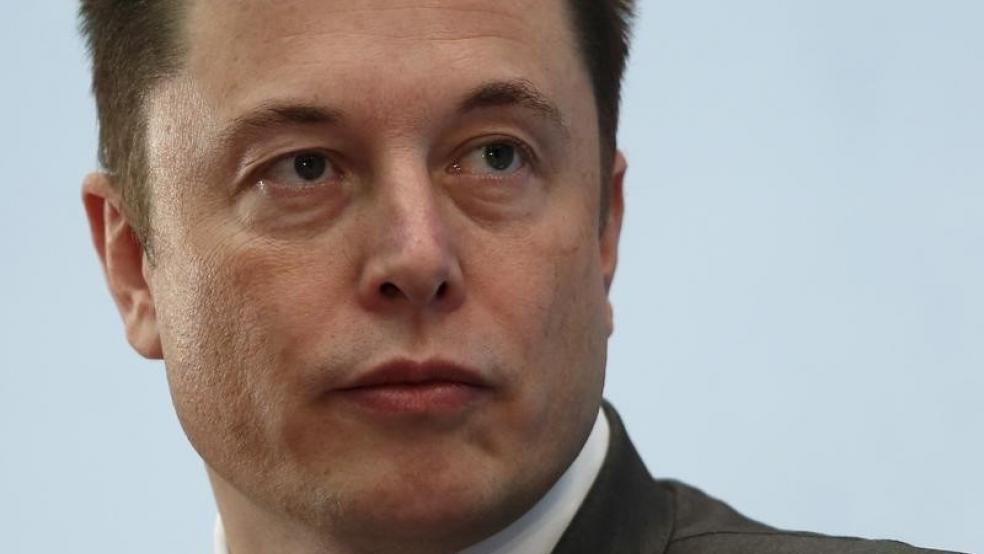SpaceX founder and CEO Elon Musk spilled the details on his plan to colonize Mars.
Musk revealed the plans for an "interplanetary transport system" Tuesday at the International Astronautical Congress in Guadalajara, Mexico.
Related: Mars Isn't the Only Place in Our Solar System that Can Sustain Life
In his address, Musk said that the goal of SpaceX's planned missions to Mars is to turn humans into a "multiplanetary species." Musk has said in the past that making humanity "multiplanetary" is his primary reason for starting SpaceX.
The red planet is probably the best best in the solar system for human colonization due to the familiar length of the Martian day (24.5 hours), gravity, and the availability of resources, such as nitrogen for growing plants.
The problem with traveling to Mars is the cost, which, using manned NASA missions as a benchmark, would be extremely expensive. He believes that if the cost can be lowered to about $200,000 a person—about the cost of a house — people will be more likely to buy the ticket.
Musk said a crewed mission to Mars could happen in 10 years, "if things go super well."
Related: Gary Johnson Declares Space Travel and Colonization ‘The Future of the Human Race’
The sources of funding for this endeavor will include private sector and government investors, profits from servicing the international space station and launching satellites, and Musk's own money, among others.
"The reason I am personally accumulating assets is to fund this," Musk said.
And once there, there would be no shortage of jobs, since "Mars would have a labor shortage for some time," he said.
The ship would depart every 26 months, when the distance between Earth and Mars is closest.
The ship in the video is what the company intends the actual craft to look like, Musk said. It would need to fit about 100 people, and enough cargo to build self-sustaining colonies on the planet, with "iron foundries, pizza joints, you name it."
It would be made in large part of carbon fiber and fueled by methane, which can be synthesized using elements available on Mars itself — a key aspect of the self-sustaining character of the colony Musk wants to build.
Eventually the company would try to double the number of passengers, he added.
Once passenger launches began, Musk estimates it would take 40-100 years to achieve a fully self-sustaining civilization on Mars.
And further trips through solar system could be possible, by establishing "propellant depots" — essentially filling stations for space ships — on moons throughout the solar system and "moon-hopping."
The length of a trip would be 115 days on average, Musk said, though that would range from 80 days to 140. Musk expects that time can be brought to as low as 30 days, eventually.
The crew cabin will have ways of keeping passengers entertained during the long trip, including movies and a restaurant.
SpaceX has said it plans to launch its first uncrewed mission to Mars in 2018.
This article originally appeared on CNBC. Read more from CNBC:
Wall Street doesn’t see Donald Trump's ‘big, fat, ugly’ market bubble
GoPro shares dip amid release of rival Mavic drone[JS1]
Mark Cuban asks how many employees has Donald Trump turned into millionaires?




